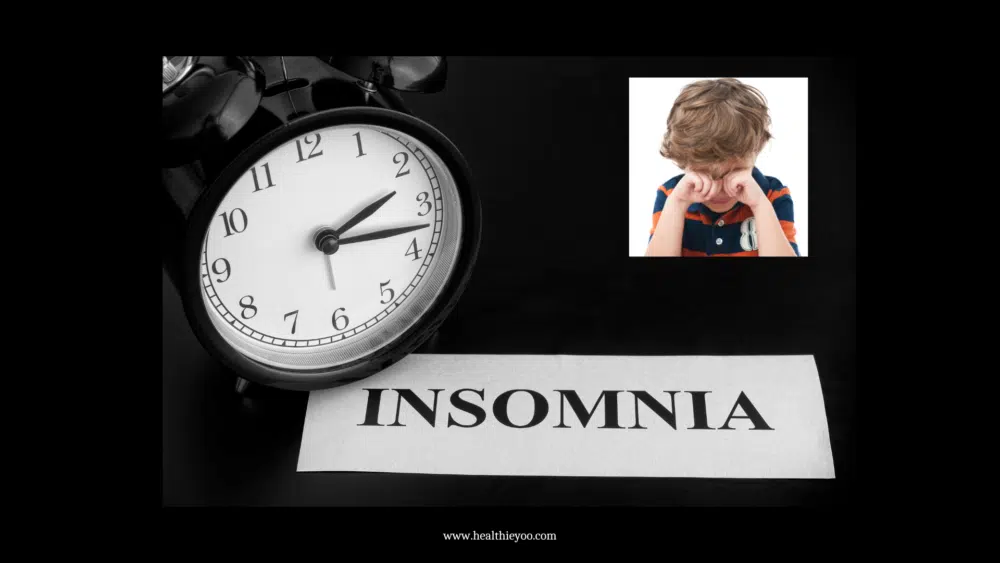Insomnia is the inability to sleep that includes difficulties getting to sleep and sustaining sleep. Insomnia or sleep disturbances are highly prevalent in children or kids and adolescents. Children, however, display the effects of insomnia as irritable behavior and/or poor learning. As parents or caregivers, let us be aware of the different types of insomnia in children and adolescents – be it the behavioral insomnia of childhood (BIC), psychophysiological insomnia, or delayed sleep-wake phase disorder (DSPD), the latter due to change in circadian rhythm. Also discussed are the treatments available for pediatric insomnia and why a cognitive behavioral therapy for insomnia, CBT-I coach, or counselor would be helpful.
Adequate sleep for children is extremely important for their proper brain development. Inadequate sleep can cause physical and psychological impairments in children and can have several negative consequences. Therefore, for the well-being of kids and children, understanding and diagnosing insomnia, addressing the underlying problem, and treating insomnia are crucial.
What causes Pediatric Insomnia?
Pediatric insomnia in children – be it psychophysiological insomnia, the behavioral insomnia of childhood, or DSPD – the circadian rhythm changes insomnia – can have biological, medical, or behavioral causes. Further, a CBT-I coach can help the child deal with behavioral and psychological issues.
Biological & Medical causes of Pediatric insomnia (1)
- Autism Spectrum Disorders (ASDs) causes hyperarousal
- Neurodevelopmental disorders like Cerebral Palsy, and Rett syndrome in children cause sleep disturbances
- Altered Neurotransmitter (chemicals in the brain) Levels – changes in GABA, melatonin, and serotonin
- Chronic anxiety, depression, and post-traumatic disorder can cause insomnia
- Down syndrome in children can cause sleep disturbances
- Gastric & pain-related diseases can lead to insomnia
- Respiratory diseases – Asthma, chronic cough, snoring, obstructive sleep apnea
- Atopic dermatitis
- Certain medicine use can cause insomnia in children
Behavioral causes of Pediatric insomnia
- Use of electronic devices
- Consuming Caffeine related beverages
- Alcohol use
- Irregular timings to sleep
- Sedentary lifestyle
There are different types of insomnia experienced by infants, children, and adolescents as per the International Classification of Sleep Disorders (ICSD). Here we describe three important types of insomnia in children – Psychophysiological insomnia, behavioral insomnia of childhood (BIS), and insomnia due to circadian rhythm disturbances which are delayed sleep-wake phase disorder (DSPD).
Psychophysiological Insomnia
Psychophysiological insomnia, as defined by ICSD, is a state of heightened arousal and learned sleep-preventing associations that result in a complaint of insomnia and associated decreased functioning during wakefulness.
Basically, psychophysiological insomnia is the type of insomnia that gets aggravated by both psychological and physiological factors.
Children are usually worrying about their sleep and have racing thoughts in this type of pediatric insomnia. It is easier for them to sleep in a different location or room than their usual bedroom (1). Insomnia must be present for at least one month.
Sometimes a precipitating factor leads to psychophysiological insomnia, but insomnia persists even after that factor gets resolved. The worry regarding achieving a good night’s sleep progresses over months or years. It can lead to depressed mood, impaired concentration and energy, fatigue, heart rate variability, and a general feeling of being unwell. If untreated, the child may develop major depression (3).
The treatment of Psychophysiological insomnia includes –
Cognitive behavioral therapy for insomnia (CBT-I) – A CBT-I Coach helps!
Cognitive behavioral therapy for insomnia, CBT-I, is considered the first-line treatment and a gold standard for psychophysiological insomnia. The treatment provided by the CBT-I coach is considered better than medications.
There are several advantages of consulting a CBT-I coach for psychophysiological insomnia. For instance, a CBT-I coach can help treat the anxiety and depression associated with insomnia. A CBT-I coach or counselor can help address the frustration through effective relaxation techniques and lifestyle modifications.
A CBT-I coach also helps educate the child on sleep hygiene, maintaining a good sleep routine, and stimulus control. Thus, one must consider CBT-I as an option for pediatric insomnia if the physician recommends it.
Sleep Medications
Prescription medications (sedative hypnotic drugs) may be taken for psychophysiological insomnia on the physician’s advice. Few such medicines that are to be taken only if your doctor prescribes them are – Zolpidem, Zaleplon, Eszopiclone, and Ramelteon. However, the medicines have side effects and can be habit-forming.
There are other sleeping aids for psychophysiological insomnia that includes melatonin, diphenhydramine, etc., again, to be taken on doctors’ advice only.
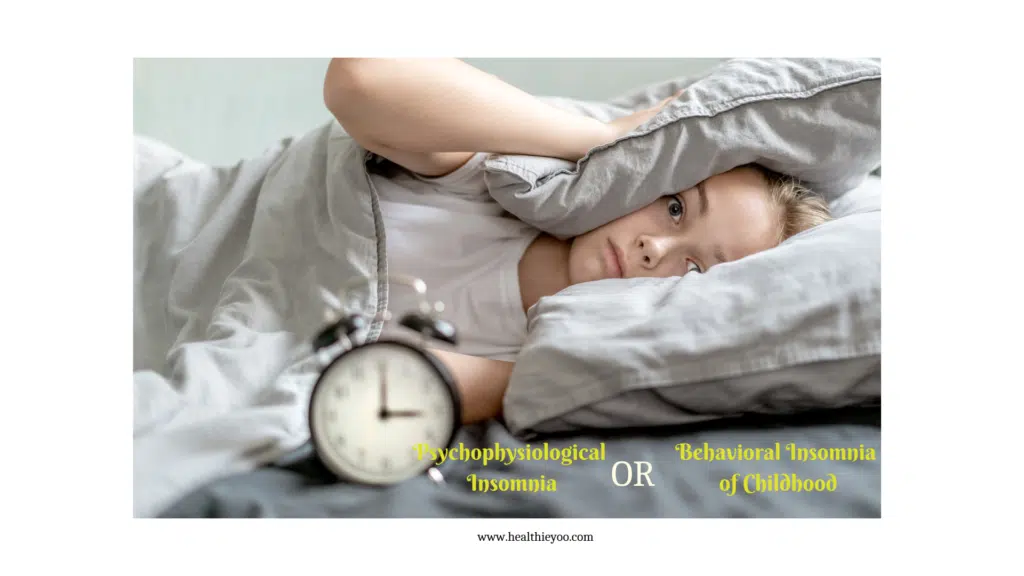
Behavioral Insomnia of Childhood (BIC)
Behavioral Insomnia of Childhood (BIC) is the most common type of pediatric insomnia, affecting about 25-30% of children. In this type of pediatric insomnia, it becomes difficult for a child to both get to sleep (sleep onset) and maintain sleep (frequent night waking) (1).
This type of insomnia occurs commonly in young children (< 5 years of age). Behavioral Insomnia of Childhood, thus, can result in behavioral as well as emotional problems in children and affect academic performance in school.
There are 3 types of Behavioral Insomnia of Childhood (BIC) (2) –
BIC Sleep Onset Association Type
Inability to sleep for a longer duration of time due to not having any stimulation to fall asleep such as a special toy or blanket, storytime ritual, not having a person (parent or caregiver), environmental change (not sleeping in his/her own room or bed), etc. can cause sleep onset association type of behavioral insomnia of childhood (BIC).
BIC Limit Setting Type
The child delays the bedtime or the limit set by the parent by negotiating more time to do a particular activity such as watching TV or the internet, playing games, throwing tantrums, or attention-seeking behavior in behavioral insomnia of childhood (BIC) limit setting type.
BIC Combined Type
Both types i.e., behavioral insomnia of childhood sleep onset association type and limit setting type occur together in this type of pediatric insomnia.
The treatment of behavioral insomnia of childhood (BIC) usually comprises behavioral modification and the methods are as given below –
Unmodified Extinction
Eliminating reinforcement like parental attention – The parent does not pay attention to the child’s tantrums and puts the child in bed at designated hours. This method may be difficult for a caregiver, hence, in this case, parental presence is more acceptable.
Graduated Extinction
Extinction i.e., not paying attention to child tantrums or crying for a specific time period and then gradually increasing the duration.
Preventive Education
Educating the child about the positive effects of sleep, maintaining good sleeping habits, reasonable bedtime routines, and self-soothing techniques for infants and toddlers.
Insomnia due to circadian rhythm abnormalities (DSPD)
Circadian rhythm is a natural process of the sleep-wakefulness cycle that repeats nearly every 24 hours. Misalignment of the child’s biological clock system can result in sleep disturbances. One type of circadian rhythm abnormality is Delayed sleep-wake phase disorder (DSPD), as described below. Thus, this type is different than usual insomnia, psychophysiological insomnia, or the behavioral insomnia of childhood as it is due to changes in circadian rhythm.
Delayed Sleep-Wake Phase Disorder (DSPD)
Delayed Sleep-Wake Phase Disorder, DSPD is mainly seen in adolescents and young adults with an average age of onset of 20 years. In DSPD, children or adolescents usually go to bed very late and cannot wake up early (1). Sleep is delayed in DSPD but once achieved is normal in quality and length. Such adolescents have an extended circadian rhythm of 24.75 hours or longer (4).
When forced to wake up early, people with DSPD experience permanently jetlagged symptoms leading to the wrong diagnosis of psychophysiological insomnia. It is important to recognize and distinguish psychophysiological insomnia from DSPD, the delayed sleep-wake disorder, mainly due to circadian rhythm alteration.
The treatment of delayed sleep-wake phase disorder, DSPD is –
Chronotherapeutic regimen
A bit complex and complicated regimen for DSPD but initially one has to record the sleeping patterns by a raster plot (graphic representation of sleep-wake patterns) or actigraphy (wristwatch device).
After establishing delayed times, bedtime is delayed by 3 hours every 2 days and moved later till sleep onset time moves around the clock to reach the desired bedtime (4).
Bright light therapy
Bright light exposure during the evening or bedtime is known to delay the clock. Bright light therapy post-sleep phase in DSPD drives the sleeping times to be earlier.
Melatonin
Melatonin is a hormone released by the pineal gland in the brain at night. It regulates the circadian rhythm or sleep-wake cycle. Human endogenous melatonin levels increase 2 hours before natural sleep onset and peak 5 hours later (5). However, this must be considered for DSPD only on your doctor’s advice as the safety of exogenous melatonin administration to children has not been established.
Conclusion
Pediatric insomnia or insomnia in a child can begin at any age – from infancy to adolescence, and in some cases, it can result in long-term negative consequences. It is therefore important for parents to recognize pediatric insomnia conditions such as psychophysiological insomnia, behavioral insomnia of childhood, or DSPD early with the help of a pediatrician. One can also consult a child psychologist and take appropriate steps accordingly. Sleep education is important both for children and their caregivers.
Related Posts
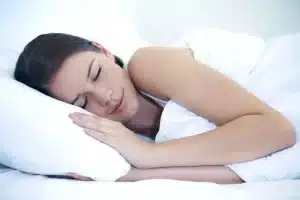
Get your sleep tight, right and not out of sight
How to sleep tight and right? Are you sleeping, ok? How many hours are you able to sleep? Are you getting enough sleep that
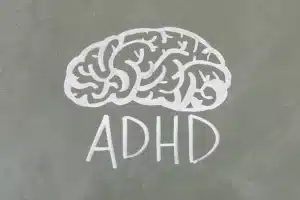
ADHD Awareness Month – Understanding ADHD
ADHD Awareness Month October is ADHD awareness month. Let us understand ADHD in this month. The last 42 years overseas was a key phase
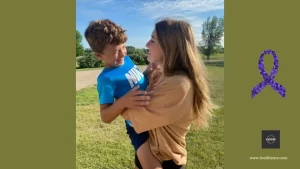
Pharmacist Fights For Her Kids Battling Cystic Fibrosis, CFLD, CFRD Using Precision & Functional Medicine
Here is a story of a pharmacist fighting for her kids battling cystic fibrosis, a disease that impacts the lungs, and liver causing CFLD, cystic

Why Healthy Lifestyle Is a Wise Financial Investment?
The word “lifestyle” doesn’t usually come up when you and your family discuss finances. But what if I told you that there is a way

The External Forces Against Your Health – 4 Action Steps To Be Healthier Than Ever
The environment we live in determines a lot about our lives. If we are surrounded by good things, then our chances of feeling and being
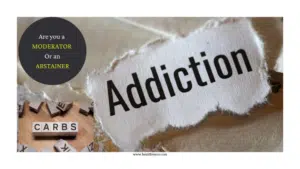
Are You A Moderator or An Abstainer?
Are you a moderator or an abstainer? Do you often have a cheat meal and are addicted to carbs? Be honest and ask yourself if

